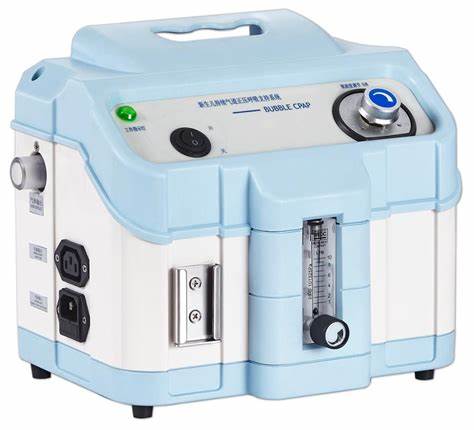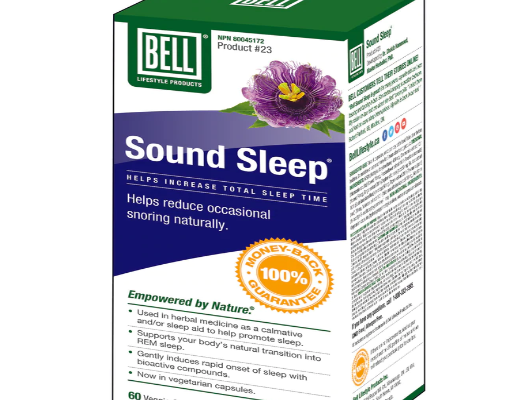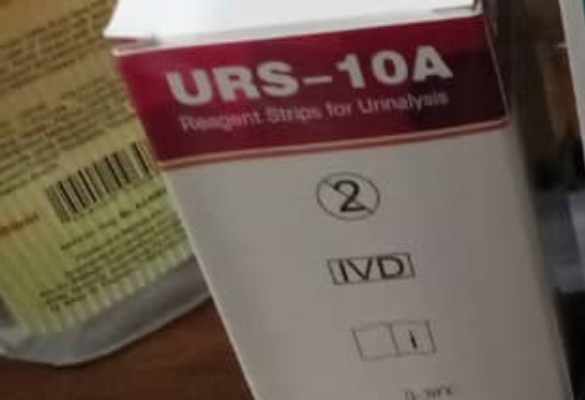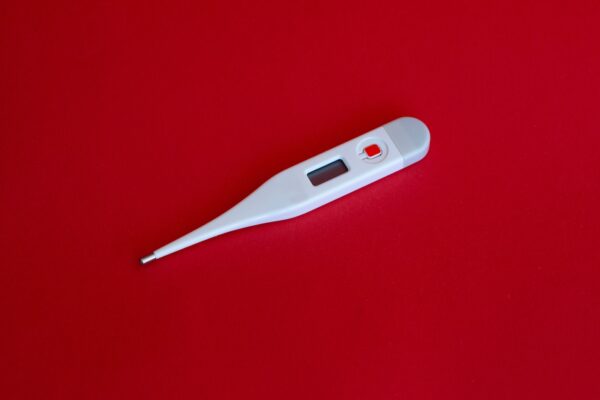Breathe Easy: Revolutionizing Neonatal Care with the Latest Ventilator Technology
Discover how the latest ventilator technology is transforming neonatal care, ensuring healthier futures for premature babies.
 Image courtesy of ready made via Pexels
Image courtesy of ready made via Pexels
Neonatal ventilators play a crucial role in the Neonatal Intensive Care Unit (NICU), providing respiratory support to newborns with compromised lung function. In this comprehensive guide, we will explore the world of neonatal ventilators, understanding their purpose, types available, indications for usage, setup and operation, potential complications, and future advancements in the field.
What is a Neonatal Ventilator?
Neonatal ventilators are specialized medical devices designed to assist or replace the breathing function of newborns who are unable to breathe on their own. These ventilators differ from those used for adults and are specifically designed to meet the unique respiratory needs of fragile newborns.
Stay Informed: Subscribe to Our Neonatal Care Newsletter
Join Our Community and Get the Latest on Revolutionary Ventilator Technology.
Types of Neonatal Ventilators
Conventional neonatal ventilators include pressure-controlled ventilation and volume-controlled ventilation. Pressure-controlled ventilation delivers breaths at a set pressure, while volume-controlled ventilation delivers a predetermined volume of air with each breath.
High-Frequency Ventilators
High-frequency ventilators, such as High-Frequency Oscillatory Ventilation (HFOV) and High-Frequency Jet Ventilation (HFJV), deliver very rapid breaths to provide gentle and efficient ventilation to neonates. These ventilators are particularly helpful in managing respiratory distress syndrome and other conditions that cause lung stiffness.
Hybrid Ventilators
Hybrid ventilators combine both conventional and high-frequency ventilation strategies to offer a versatile approach to neonatal respiratory care. These ventilators provide the best of both worlds by allowing healthcare providers to customize ventilation strategies based on individual patient needs.
Indications for Neonatal Ventilators
Neonatal ventilators are essential in various conditions, including:
 Image courtesy of www.biospectrumindia.com via Google Images
Image courtesy of www.biospectrumindia.com via Google Images
- Prematurity-related respiratory distress syndrome (RDS)
- Meconium Aspiration Syndrome (MAS)
- Pneumonia and Infections
- Congenital Diaphragmatic Hernia (CDH)
- Airway Malformations
- Other respiratory conditions requiring ventilatory support.
Setting Up and Operating a Neonatal Ventilator
Setting up and operating a neonatal ventilator requires precision and expertise. Here are the key steps involved:
- Initial setup and calibration
- Understanding and adjusting ventilation parameters, including:
- Positive End-Expiratory Pressure (PEEP)
- Inspiratory Time (Ti)
- Tidal Volume (VT)
- Respiratory Rate (RR)
- FiO2 (Fraction of Inspired Oxygen)
- Monitoring techniques and alarms
- Troubleshooting and common challenges
Potential Complications and Side Effects
While neonatal ventilators are life-saving devices, they can also pose certain risks. These potential complications include:
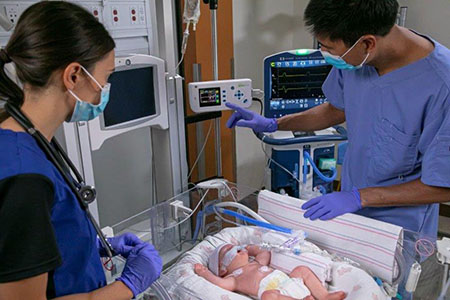 Image courtesy of news.medtronic.com via Google Images
Image courtesy of news.medtronic.com via Google Images
- Airway and lung injury
- Barotrauma
- Induced lung disease
- Infection risks
- Long-term effects on development
Future Trends and Advances in Neonatal Ventilation
The field of neonatal ventilation is continuously evolving. Here are some exciting future trends and advancements:
- Integration of artificial intelligence and predictive algorithms to optimize ventilator settings.
- Improved non-invasive ventilation techniques to minimize the need for intubation.
- Enhanced synchrony between ventilators and neonatal patients for better ventilation support
- Potential for personalized ventilation strategies based on advanced monitoring and patient-specific data.
Conclusion
Neonatal ventilators are a lifeline for newborns with respiratory distress, providing vital support until their lungs can work independently. Understanding the different types of neonatal ventilators, their usage indications, setup and operation, potential complications, and future advancements is crucial in delivering optimal neonatal care. As advancements continue to revolutionize neonatal care, ongoing research and support for organizations dedicated to improving neonatal healthcare are vital to ensure the best outcomes for our tiniest patients.
For more information or to support neonatal healthcare initiatives, please reach out to the relevant organizations in your area.

